Top 10 Branding Articles in 2017 from Persona Design
Ever wondered what some of the most popular branding articles are amongst business leaders, business owners and entrepreneurs?
Sometimes we’re really surprised with what resonates most in these branding articles and other times the results are confirmation of our expectations because of our experience from working with clients across multiple different sectors, and indeed countries, over the last twenty plus years.
So here’s a peek, in case you missed them, of the top ten most popular branding articles in 2017. Take a quick look at the branding titles below because I know at least one will be very useful to you and your business in 2018.
1. Design Is NOT Branding: 10 Things Every Business Owner and Entrepreneur Should Know
Everyone knows that you mustn’t judge a book by its cover. Yet, the number one misunderstanding on what branding is all about typically comes from small and medium-sized businesses who often don’t understand the difference between design, marketing and branding because they don’t have access to big-brand ‘know-how’.
Branding is NOT marketing or design but the bedrock strategy supporting and directing your whole business.
The branding process provides the direction for design, marketing and the communications process that follows on from it. Branding comes before design.
Read on to get your SME/SMB Business Branding and Design Top 10 Tips Guide.
These 10 factors are what every business leader, entrepreneur and business owner should know about branding and design…in that order! Branding first, design second!
2. Four Reasons Why Your Business Profit Starts With Your Brand Mission
In just about any niche, competition is fierce. Yet many SME, SMB, mid-size to large companies neglect to develop and articulate their brand mission because they’re either not sure how to do it or don’t realise its importance.
This in effect means they have nothing of substance [beyond price fighting] to attract their ideal customers, whether their audience is B2B or B2C. Your brand mission is one of the critical deciders in captivating your ideal customers so they don’t go to or buy from your competitors.
Raj Sisojdia, a Babson professor, studied 28 companies between 1996 and 2011. His conclusion was that purpose-driven enterprises with a strong brand mission grew by a whopping 1647% compared to the S&P 500 average of 157%.
The best companies in the world understand the value of brand mission. It is your brand mission that impacts key decision making, strategic planning, productivity, service and brand strategy and marketing direction.
The real secret of incorporating your brand mission though is that it drives profit growth because your brand mission, and everything that follows it is what gives your brand meaning so it attracts the right people – employees and customers alike; those who believe what you believe. And when you tap into what’s important to the right people, you make considerably more money.
Here we take a look at;
- What brand mission means and why it matters
- What makes up a strong brand mission
- How your brand mission makes your brand stand out, drive increased sales and profit growth
We also take a close look at the brand missions of three very different companies and how their brands’ mission has been the real driver behind their growth and increased profits. In fact, in one case the rebranding strategy focus on the brand mission resulted in 49% increase in conversion rates and an 83% increase in lead form submissions on their website alone. Read on to discover more here.
3. The Impact of Company Brand Culture On Driving Performance and Increasing Sales
Most leaders and employees would view company brand culture as a crucial part of job performance and satisfaction coupled with great customer service, yet for so many brands it remains an elusive concept.
We all know intuitively that a bad company culture produces bad results and there are plenty of statistics to back this up. One Columbia University study shows that the probability of job turnover when a brand’s company culture is poor is 48.4%, compared to just 13.9% when the brand culture is perceived as a good one.
In fact, good corporate brand culture fundamentally drives increased financial performance as evidenced by the research published in the book ‘Corporate Culture and Performance’ by HBS Professor James Heskett and Kotter International.
Culture matters because it’s about transparency, company behaviour, what you stand for, who you are. Brand Culture is how you convey, share, and translate that into your brand. It’s what every employee believes, does, and lives to express that culture.
Our experience working with many different companies and organisations across diverse sectors clearly illustrates that it’s not that they haven’t considered company brand culture, it’s that developing and implementing something perceived to be so abstract can be difficult.
Because of this apparent client challenge we’ve pulled together some tangible ways you can start working on and developing your brand culture together with case studies from worldwide brands to show you ‘brand culture’ in action in the ‘real world’.
Check out here the 12 ways to improve your company’s brand culture so you increase performance and grow sales.
4. Use Psychology in Your Brand Strategy to Create Irresistible Brand Experiences and Increase Sales
Have you ever bought something you thought you really needed and it turned out you didn’t? Impulse purchases are common but people often don’t realise that it’s clever brand strategy tactics that have influenced their behaviour.
Psychology has been used by brand strategists and marketers for years as a core factor in their brand strategy to influence sales with great success.
So if your competitors are using psychology to underpin their successful results, why can’t you use it in your brand strategy too?
To make your brand truly speak to your audience so you can influence their purchasing decisions, be that B2B or B2C, psychology and empathy have to be built into the core of your brand.
Numerous studies have shown that people buy feelings and experiences, not things. Robert B. Cialdini, Anthony Robbins and Simon Sinek articulate on this masterfully in all their teachings. Outlining how your service or product solves a problem at a rationale level has minimal effect on people. On the other hand, creating a picture of a happy, stress-free life has a far more profound effect.
You can learn how to infuse your brand with a strong emotional appeal, tap into people’s subconsciousness and create an irresistible bond between your brand and your customers so you increase your sales.
In this article, we explore the science behind common psychological principles used in brand strategy together with why and how these principles work. We also take a look at ethical issues.
At the heart of all successful brands lie;
- 7 emotional psychological principles and
- 3 sensual psychological principles
Discover more here:
- What each of these principles are
- How and why they work, together with
- Areas of application
- Examples of brands large and small who’ve applied these principles very successfully and
- The ethics of using psychology in your brand strategy
5. Rebranding: 15 Do’s and Don’ts for Brand Success
Let’s be perfectly clear, changing a logo, altering the colour or even tweaking the name of your brand is not a rebranding strategy! Rebranding is much more than a design facelift.
Rebranding may result in the design of new logos and the creation of new brand names, but it all starts as with your brand strategy first long before anything else relating to design is considered.
Your rebranding strategy provides the direction for all your communications, positioning, language, messaging along with design.
And there are many strategic reasons to rebrand. A company may need to rebrand to:
- Re-establish its market prominence
- Acknowledge and reflect a major acquisition
- Announce a new technology or invention that changes its mission and vision
- Revitalize the voice and significance of the brand
- Refocus the company on major customer and/or industry trends
- Reflect a strategic move to reach new markets
- Give new life to flagging sales
- Move beyond a negative event
Whatever the reason, the key is to use your rebrand to help move your business and its products and services forward. Regardless of whether you’re rebranding a bank, hotel, power company, professional services firm or canned fruit, having the right strategy makes all the difference between failure and success.
To this end, we’ve compiled our list of 15 Do’s and Don’ts for ‘Rebranding Success’ in order to help you navigate your next strategic rebranding and focus on critical leadership and coordination issues.
We’ve been leading clients through all the various aspects of rebranding for more than twenty years so we want to ensure you engage in the process successfully by starting off on the right foot! Start here!
6. Brand Disruption: Be the Disruptor or Be Defeated
The average lifespan of a company is a fraction of the 60 plus years enjoyed following World War II, and it has been growing significantly shorter and shorter year on year, now closing in on barely 10 years which makes regular brand health checks even more critical to your brand’s survival.
Disruption happens. In the world of brands, standing still is not an option because a business that doesn’t innovate and change is a business that’s going to die.
Recent events at Whole Foods Market have reminded us that brands are living entities. While every brand has a different lifespan, as with all living things, youth fades and the peak of health simply cannot last forever — brand disruption happens regardless of your sector. Time for a complete overhaul?
Now Amazon, the giant online shopping service which disrupted retail, is disrupting grocery, which in the form of Whole Foods Market had once disrupted natural foods. In June 2017, Amazon filed a bid to acquire Whole Foods Market for $13.7 billion in cash.
Meantime, the planets are colliding in the home delivery business. Online groceries generated more than $15 billion in sales last year, which represented big growth but also represented a tiny fraction of the $1 trillion grocery market, according to Forrester Research.
Check out how disruptor Blue Apron became a $3 billion company in five years by delivering pre-portioned ingredients to customers’ doorsteps for around $10. a meal. An impressive story…until the disruptor became disrupted by the Amazon / Whole Foods deal.
7. Personal Branding: We Are All CEOs (Part 1)
How do others see you in the business arena?
What do others think when they hear your name?
Your unique personal brand isn’t a collection of past dates, facts, and accomplishments reflected on your CV. It’s your online and offline reputation, it’s how you interact with others, and it’s fundamental to whatever you do every day, whether you’re a student on campus, a globe-trotting CEO, or an office-bound downtown professional.
In short, everyone has a personal brand, whether they like it or not. To get the right personal brand, you must create it to your liking and nurture it.
Tom Peters, co-author of “In Search of Excellence: America’s Best-Run Companies,” a landmark business book, provides his thoughts on why we are all CEOs.
He suggests “We are CEOSs of our own companies: Me Inc. To be in business today, our most important job is to be head marketer for the brand called You.”
Personal branding is not an overnight task; it requires time and focus upfront as well as ongoing maintenance. Personal branding is not limited to the entrepreneur either — it applies to each and every one of us.
You can be a mini-celebrity within your own industry. CEOs, television presenters, marketing mavens, team sports figures, and popular professors are longstanding examples of individuals who have built personal brands from inside their place of work.
Or, you can create your own personal brand outside the corporate world.
Here we take a look at:
- What your personal brand profile is, the core essentials of what makes up your personal brand together with
- The key steps for building your personal brand and
- The ten personal branding mistakes to avoid
We’ve also included case studies of four very different personal brands for you take actionables learnings from.
8. The Age Of Internal Branding And Selling It From The Inside Out
Did you know strong internal branding is the best way to get employees to develop a powerful emotional connection to your products or services so they become your top performing brand advocates because effective internal branding increases sales?
That emotional connection with the brand and its culture is what drives more than two million people annually to apply to Google for a job.
When staff are emotionally vested in the brand, they’re more loyal, motivated, productive, innovative, fulfilled and inspired by a unified sense of purpose all of which enhances customers’ experiences and consequently increases sales.
By applying branding principles from the inside first, employees get a fuller knowledge of the brand and what’s important to it so they begin to “live” the vision of the company in their day-to-day tasks. And when employees live that vision in their roles the brand comes alive so your customers experience your brand’s promises to the full.
The 2016 Edelman Trust Barometer confirms that people trust what employees say about the company more than they trust what the company says about itself. Trust is central to every brand because, without it, people will not buy from you.
Think about it for a moment, 60% of branding is about perception and only 40% about your product or service so one of the most significant factors influencing customer choice is how they perceive, think and feel about your brand through their interactions with it — a key part of which is through your staff.
People buy with emotion first so it’s only when you touch the heart that you move the mind to make the purchase. It’s because of the positive emotional connection to your brand, through your staff, you transform your customers into committed fans, enthusiastic referral partners, word-of-mouth advertisers and repeat purchasers.
The ripple effect and network of influence per employee is extraordinary. It’s up to you to harness this for the greater good with strong internal branding so you can enhance your brand reputation and increase sales or, through negligence, be at the mercy of come what may.
At the very least make brand induction and training integral to what you do so you ensure your team is empowered, feeling and talking positively about your brand.
- the key brand induction factors your staff need in order to become powerful brand ambassadors so helping you increase your sales
- the common problems with internal branding
- the how of selling your brand from the inside out
- the role of communication in internal branding strategy
We’ve also included examples here of how three different companies in unrelated sectors have leveraged very innovative thinking in their internal branding strategy to grow their sales very successfully.
There are invaluable learnings and takeaways here you can apply to your internal branding strategy to grow your sales too.
9. From Zero to Hero: How to Become a Must-Have Brand
Want to scale from unknown generic entity or new fledgeling idea to a must-have brand? Apple, Starbucks and Barbie Dolls by Mattel did it and they all started from nowhere once.
There is no prescribed area for items such as smartphones, lattes, and plastic fashion dolls in Maslow’s hierarchy of human needs as described in “A Theory of Human Motivation” yet millions of us can’t live without them!
Every business has some sort of a brand, good or bad, whether it’s generically commoditized and barely making ends meet or a major local profit powerhouse coining it in. Make no mistake, branding is not just for global giants. It’s equally important for small local businesses too.
Regardless of the size of your brand now, whether it’s well established and ready to scale to the next level, in need of revitalisation to stay relevant and expand or an early-stage concept, every brand must have a well-thought-out strategy with strong brand foundations in place from which it can grow.
Before taking those very first steps, a number of essential, basic brand foundations must be in place to succeed.
Here we take a look at the 6 key foundational steps you need to go from Zero to Hero Brand.
10. Use Humour in Branding to Create Strong Emotional Bonds so You Increase Sales
Sorting through all the noise we’re bombarded with in the digital era is a challenge. It’s essential for a brand to avoid getting lost in the daily deluge as customers navigate information overload and a visual avalanche to focus on what’s most relevant.
That’s where building rapport and emotional connections come in, solving a digital age dilemma by using humour in branding as the delivery vehicle.
Strong content gets your customers’ attention and stops them overlooking, missing or skipping your messages, adverts, images or videos.
The top five reasons someone will engage with your content, be it a printed image, photo, online or offline advert or video are:
- Because an advert is funny
- It is for a category the recipient is interested in
- There is a reward, such as a coupon or points
- The advert is for a brand the consumer is interested in
- Something noteworthy happens in the first few seconds
Research tells us that when customers feel a genuine emotional connection with a particular brand, they generate disproportionate value for that brand. Those who are ‘fully connected’ emotionally are 52% more valuable to brands than customers who are ‘highly satisfied’.
The question is, have you considered using humour in your branding to make it more successful and increase your sales? It doesn’t have to be big budget either as evidenced by this hilarious Victor® Pest image above!
Find out the five key benefits of using emotion in your branding and how to use each of them very successfully to grow your sales here.
The combination of examples and case studies here will give you loads of food for thought so you can use humour successfully in your branding regardless of whether you’re selling a product or service, B2B or B2C.
Did your favourite post feature in one these top 10 branding articles of 2017? If there was an alternative that was your first preference, which one was it? Drop us a line or leave a note in the comments because we’d love to know.
Meantime I’d love to keep you up to date with what’s happening in the world of branding and ensure this blog is really useful to you. If there’s something in particular—branding related—you’d like to read about in this blog or if you have any questions or comments, suggestions for a blog post, feedback or even just to say Hi, then send a note to [email protected] because I’d love to hear your thoughts.
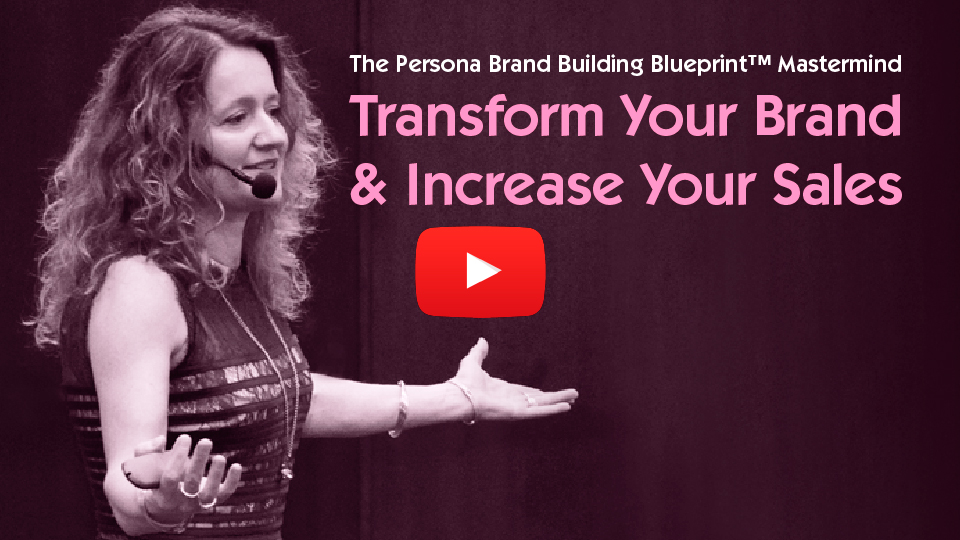
Build your standout brand at the Persona Brand Building Blueprint™ Mastermind with Lorraine Carter
We’re all busy and building the bedrock brand strategy supporting and directing your whole business may not be your top skillset. If you need professional input and want access to a detailed overview of the branding industry, book one of our transformational workshops, brand building intensives or masterclasses.
The Persona Brand Building Blueprint™ Mastermind empowers you to raise the visibility of your brand, reduce customer acquisition costs and position your brand as the №1 choice for your customers. Discover more here.


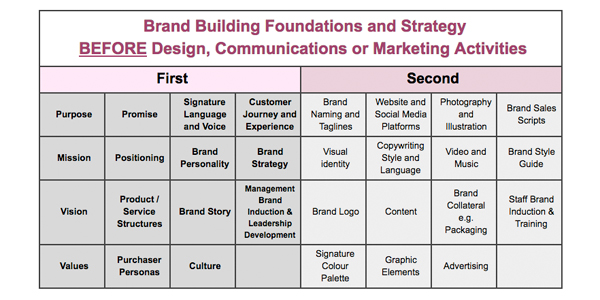

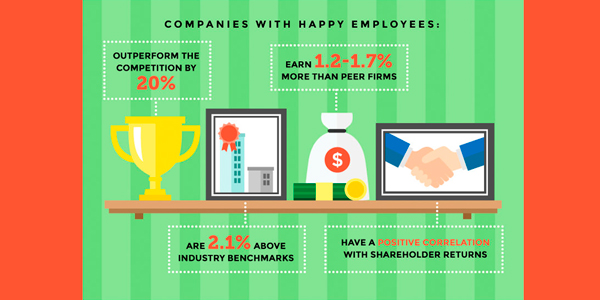
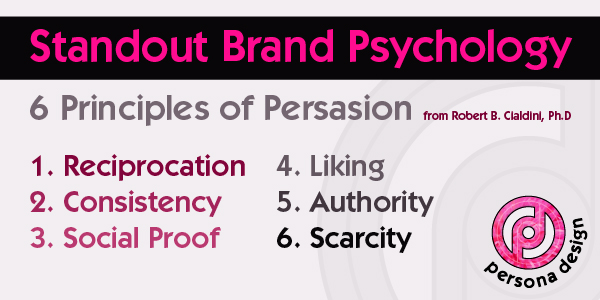
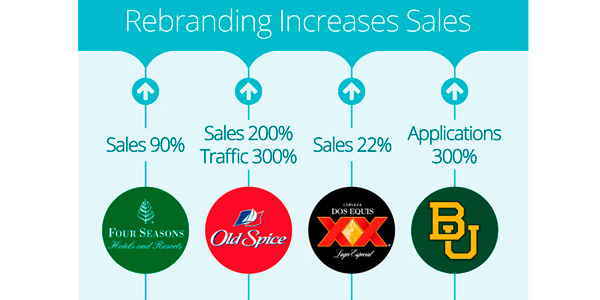
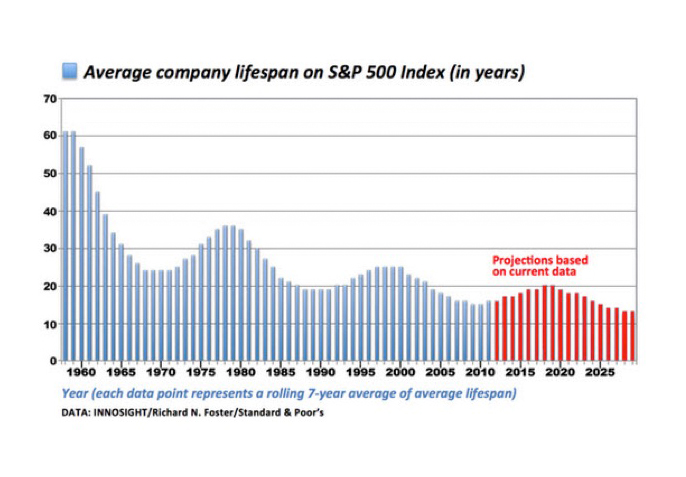
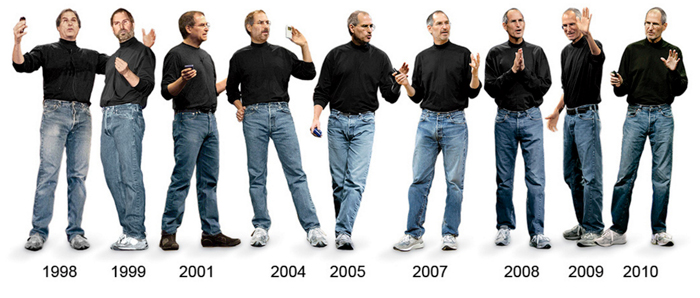
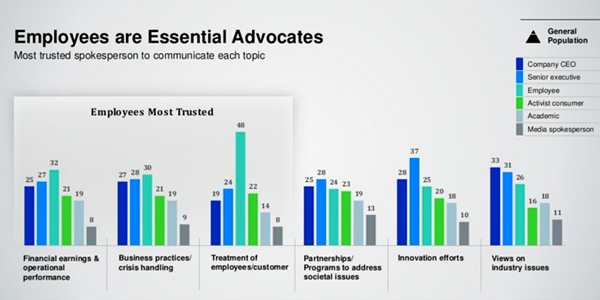
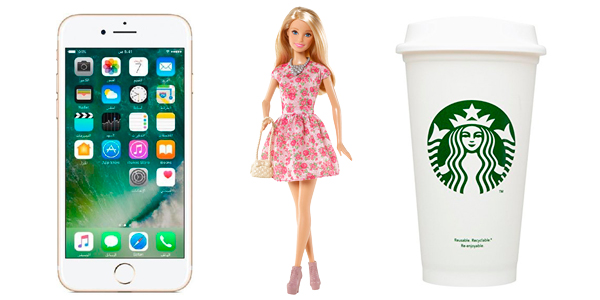




Leave a Reply
Want to join the discussion?Feel free to contribute!